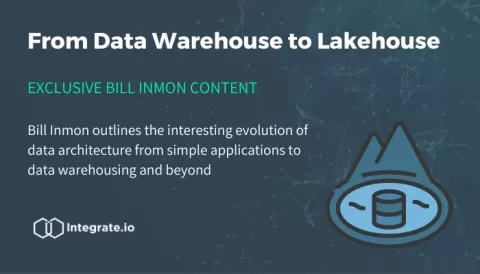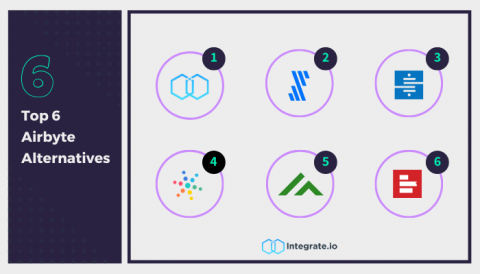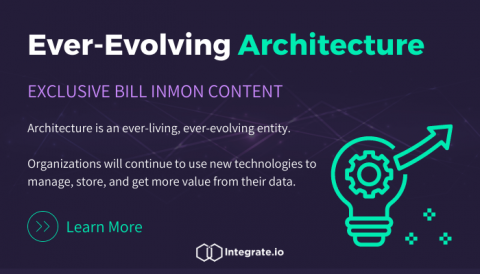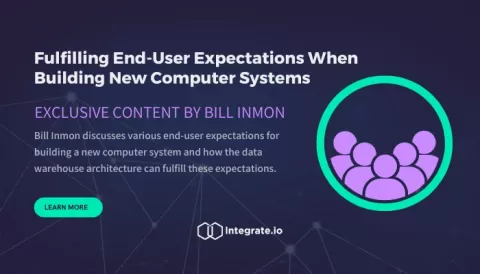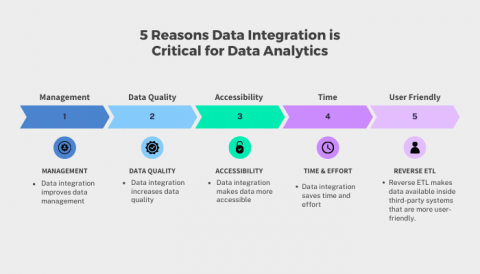Merging Data Literacy With Data Pipeline Success
In general, the concepts of data literacy and creating successful data pipelines seem totally disconnected. Data literacy involves insuring that data consumers have the knowledge and capabilities to understand and interact with data in a way that will provide them with the answers and value they need to do their jobs and benefit their organizations. While data pipelines require technical expertise to move, connect, and store data across the company's data ecosystem.



